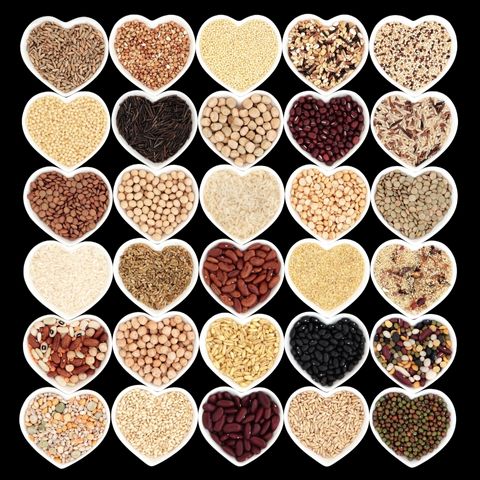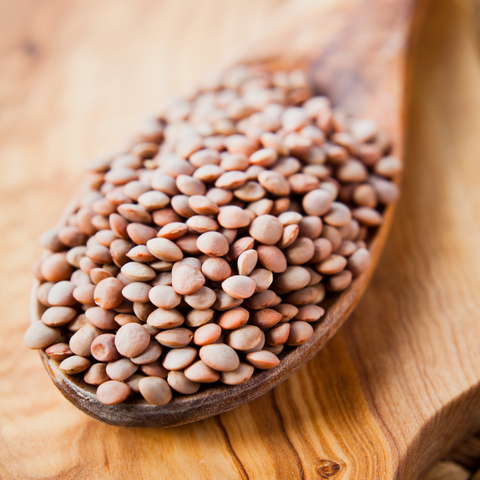Unpolished dal is more expensive because it requires more work to produce. It involves the traditional process of manually removing the husk from the dal, which is a laborious task. This gives unpolished dal a richer flavor and increases nutrient content since the husks contain essential vitamins and minerals. Unpolished dal also has a longer shelf-life than polished varieties, making it more valuable in terms of storage.
Unpolished dal is more expensive because it has not gone through the polishing process. The process of polishing involves removing the bran and germ layer from the dal. This removes most of the nutrients, making the dal taste better but significantly reducing its nutritional value. Unpolished dal therefore retains a lot more of its nutrients and is generally seen to be healthier than processed or polished dal, which makes it more expensive.
Unpolished dal is more expensive than polished dal because it takes more time to find and process. Unpolished dal contains less adulteration, is higher in dietary fiber, vitamins, and minerals as compared to polished varieties. Additionally, unpolished dal tends to be firmer when cooked, making it a desirable choice for many.
Be Blessed!
Nalini Murthy


